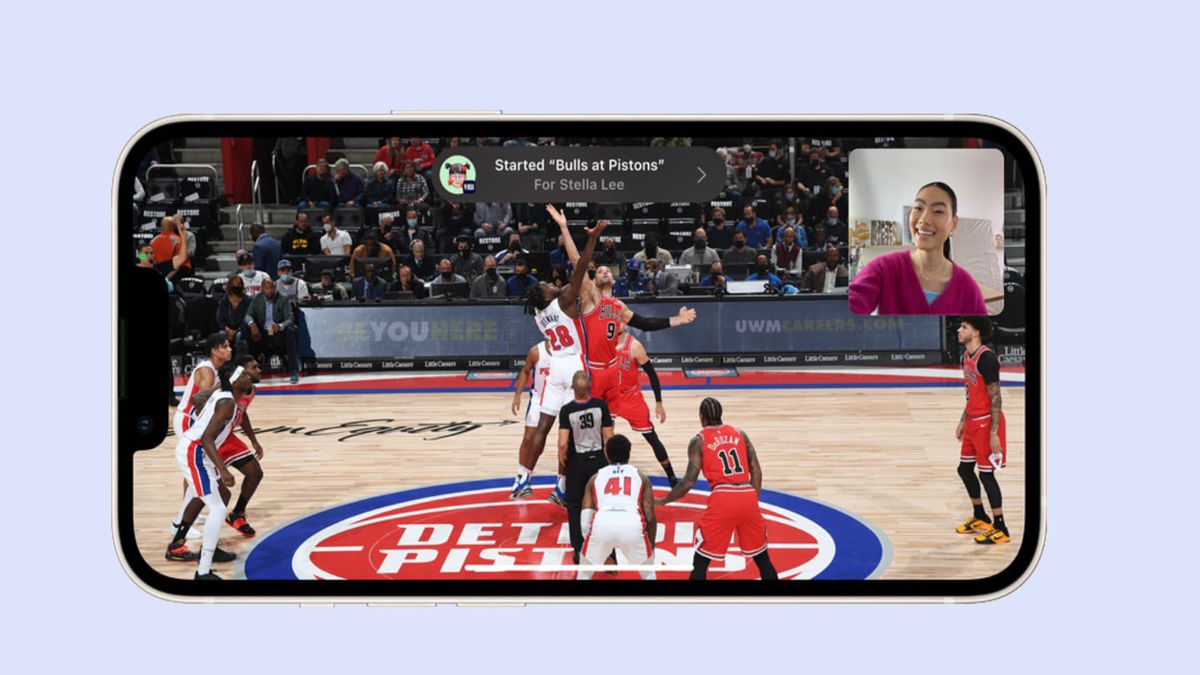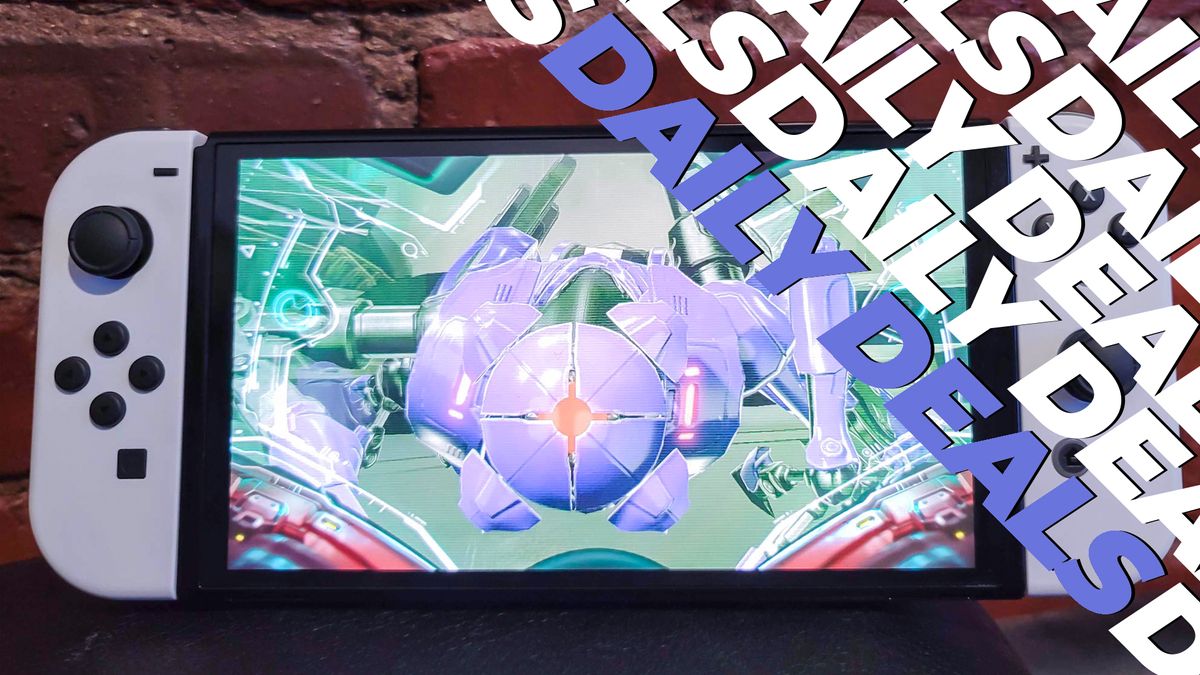
Google’s Android developers on Feb. 10, 2022 announced the availability of the platform’s next iteration. Get the details about Android 13’s first developer preview.
You knew it was coming. The dust has barely settled on Android 12, and Google is already working toward the next take on its mobile OS. This new release is version 13, and the big question is: Will Android 13 live up to the massive release that was Android 12?
If I had to guess, I’d say there’s no way Android 13 can best Android 12. But then again, the current shiny new thing was a major step forward for the platform. After all, Android 12 brought us Material You, which was a serious upgrade to the Android UI. There’s no way Google could pull such a big rabbit out of that hat of magic so soon.
That doesn’t mean Android 13 will be boring. It will, however, seem like a very subtle release, no matter what tricks Google has up its sleeve.
SEE: BYOD Approval Form (TechRepublic Premium)
Speaking of which … what do we know about Android 13? At this point, not much, but there are two major changes and some minor additions to report on. Let’s take a look.
Android 13: Here’s what we know so far
Focusing on security in Android 13
What we know of Android 13 at the moment is the main features Google is already touting are all about security. First, the developers are adding a bit of security to the way users share documents via a new picker and associated APIs. To date, the document picker has allowed users to share documents without the app needing any sort of permission to view all media files stored on the device (as it had blanket permissions to the entire media library). To make matters worse, the photo picker APIs are used by third-party apps to access the shared photos. A new photo picker will be added to provide a safe, built-in method for users to select media files, without needing to grant access to the entire media library.
This new photo picker will add a browsable, searchable UI that will present users with their media libraries (sorted by date), and developers can specify that users can see only photos or only videos (maximum number of media selections by default is set to one).
It should be noted that this new photo picker will be backported to Android 11 devices and newer.
SEE: The iPhone, iPad and Mac users guide to Microsoft 365 (free PDF) (TechRepublic)
Nearby device Wi-Fi permissions is also getting something new, in the form of a NEARBY_WIF_DEVICES runtime permission for apps that manage connections to nearby access points. With previous Android releases, the location permission requirements presented a problem for applications that needed to connect to nearby Wi-Fi devices. With Android 13, the new NEARBY_WIF_DEVICES will use the “neverForLocation” flag, which asserts that a developer or app will never use this permission to determine the physical location of a device (even when an app has been granted permission via ACCESS_FINE_LOCATION and/or ACCESS_COARSE_LOCATION). This should go a long way to help developers more easily design apps that are privacy-friendly.
Refining Material You in Android 13
Google introduced Themed App Icons in Android 12 but the feature only supported the built-in (read: Google) apps. With Android 13, the developers are extending this feature to all developers, such that they can take advantage of the Material You Themed App icons. Developers only need to supply a monochromatic app icon for their applications and alter the adaptive icon XML.
More changes in Android 13
Minor additions in the Android 13 developer preview include:
- A new platform API to set the user’s preferred language, which will help reduce boilerplate code required by developers.
- Hyphenation has been optimized by as much as 200%, so developers can enable it in TextViews with nearly zero performance impact.
- Support for RuntimeShader objects which will work with the Android Graphics Shading Language to customize painting within Android’s canvas and filtering the
- View content. This will allow developers to create advanced visual effects for their apps.
- The Android Core Libraries are being worked on to better align with the OpenJDK 11 LTS release.
- Google Play system updates is getting even more expansion such that new features (such as the photo picker and OpenJDK 11) can be pushed to devices without requiring an entire OS update.
- More hardware optimizations will be seen, including those for tablets, foldables and Chromebooks.
How to get involved with the Developer Preview
If you’re an Android developer, you’ll want to get an early start on tooling your apps for the next release. To do that, you can head over to the setup instructions and flash a system image to one of the following devices:
- Pixel 6 Pro
- Pixel 6
- Pixel 5a 5G
- Pixel 5
- Pixel 4a (5G)
- Pixel 4a
- Pixel 4 XL
- Pixel 4
Subscribe to TechRepublic’s How To Make Tech Work on YouTube for all the latest tech advice for business pros from Jack Wallen.







